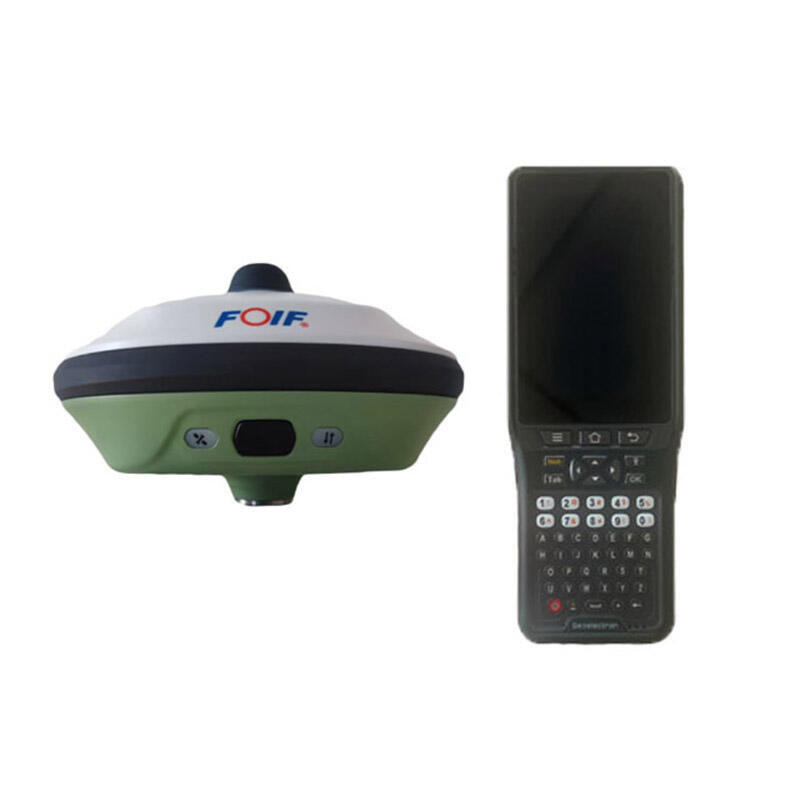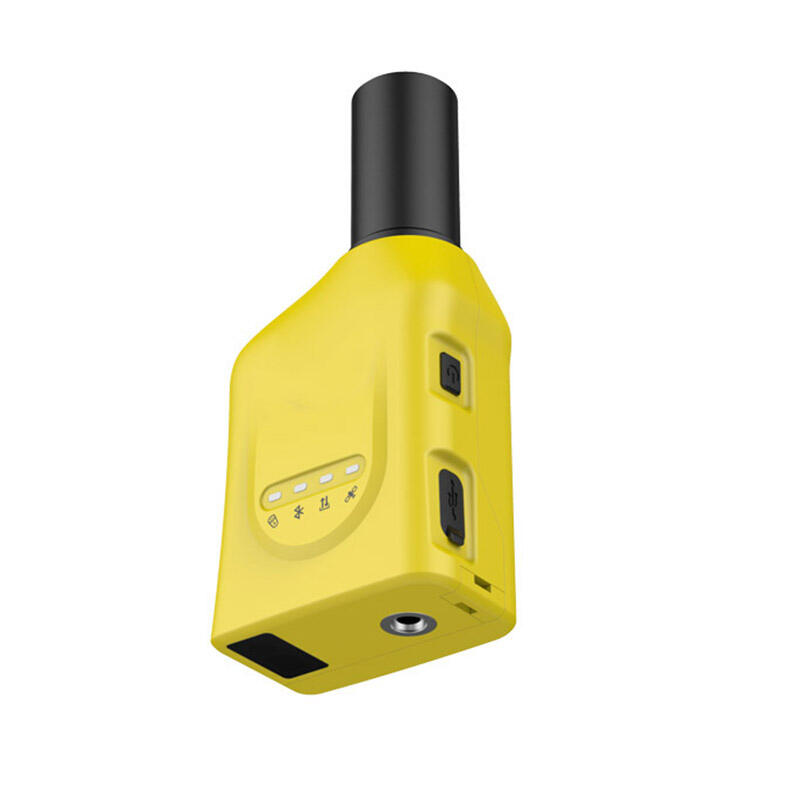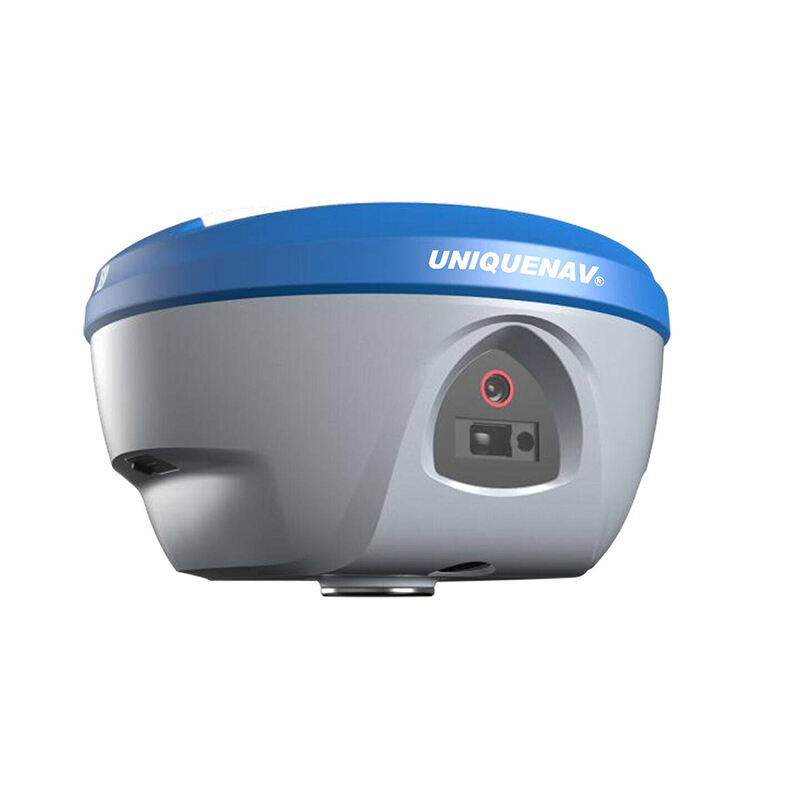gnss rtk system
GNSS RTK (Global Navigation Satellite System Real-Time Kinematic) represents a cutting-edge positioning technology that delivers centimeter-level accuracy in real-time. This sophisticated system operates by utilizing two GNSS receivers: a base station at a known location and a rover unit that moves around collecting positioning data. The base station transmits correction data to the rover, enabling it to achieve highly precise positioning by comparing satellite signals and eliminating common errors. The system processes carrier phase measurements from multiple satellite constellations, including GPS, GLONASS, Galileo, and BeiDou, ensuring robust performance and reliability across diverse environments. RTK technology employs sophisticated algorithms to resolve integer ambiguities and calculate precise positions, typically achieving accuracy levels of 1-2 centimeters horizontally and 2-3 centimeters vertically. This remarkable precision makes GNSS RTK systems invaluable in various applications, from precision agriculture and construction to surveying and mapping. The system operates in real-time, providing instant position updates at rates typically between 1-20 Hz, making it suitable for dynamic applications requiring continuous positioning data.


